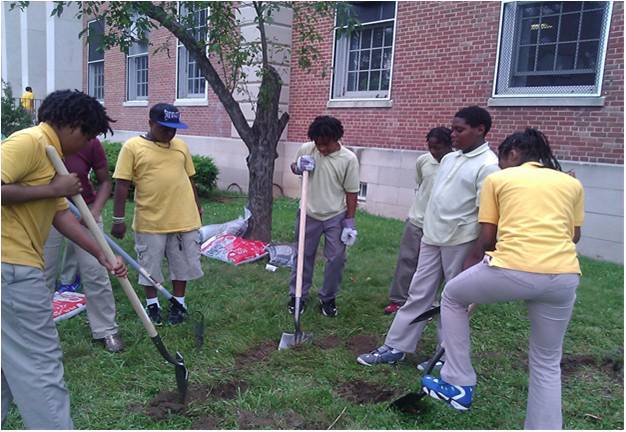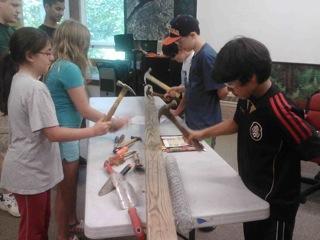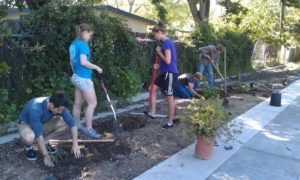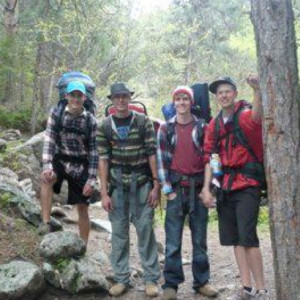2012 Greeley, Colorado, USA

Katie Ainslie at Greeley High School placed 1st in 2012.
The aim for her solution of using solar powered energy is to decrease and eventually diminish the use of coal powered energy leaving our watershed free of pollutants. Starting by lowering the demand for these fossil fuels in Greeley schools, Katie wanted to cause a ripple effect throughout the Cache La Poudre Watershed.
Two major benefits come from this alternative energy resource. First, the school will save a substantial amount on their energy bill. More importantly, they are protecting their local watershed from harmful emissions caused by coal power, thus saving a limited resource and producing cleaner energy.
With the demand for a renewable and sustainable energy source, solar energy has become a great resource that is not only available to Katie’s school but to all schools in our watershed.
This project started out as a no-cost project for the school district, but they have agreed to make this a pilot study for a possible city wide solar garden. The solar panels are leased rather than owned, and installation and maintenance will be completed by a solar company.
Negotiations are proceeding with several Colorado solar firms for panel construction at the Poudre Learning Center. Installation could not happen at Central High School so the PLC was suggested as a second site. School District 6 will help cover a portion of the construction cost.
The schedule for installation of the panels will be in 2013 when the local electric power company, Excel is able to finance a rebate for a portion of the solar panels to meet their solar energy requirement. When the solar panels are installed they will be put on a 20 year Power Purchase Agreement which will buy energy from the solar company’s panels at the PLC. The energy purchased will be 15- 25% less than our current energy bill.
Katie says, ” I really appreciate working with my mentor, Kim Frick, the PLC and CFW staffs, along with the incredible support (over $2,000) from Nutrien to make this solution a reality.”









